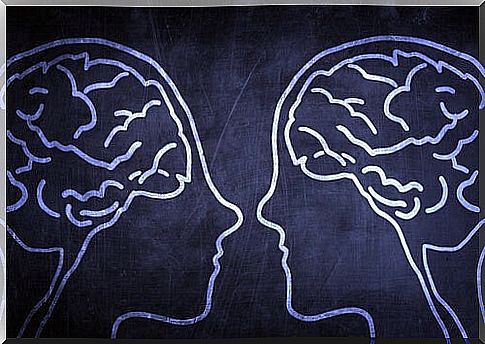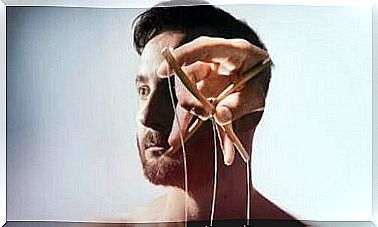The Human Connectome Project: Discovering Our Brain In Depth
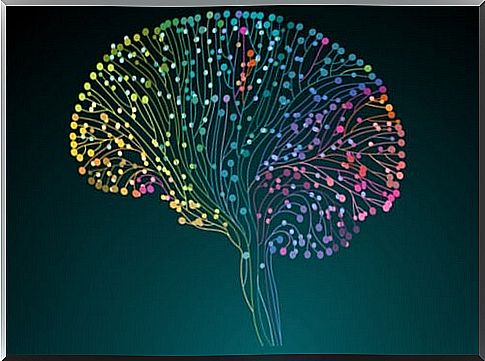
The Human Connectome Project (HCP) was launched in July 2009. It is the new challenge of the National Institutes of Health (NIH) plan , endowed with 21.3 million euros over five years. The main objectives of this project are:
- Provide a compilation of neural data
- Provide an interface to navigate graphically in this data
- Draw unprecedented conclusions about the living human brain
According to Patric Hagmann, doctor of the Lausanne University Hospital: “ To understand how a network works, you have to know its elements and their interconnections (…). This connectome will allow us to better understand the functional processes emerging from brain structures and to better understand the mechanisms that the brain uses when it suffers brain damage ”.
But before we go any further, what is a human connectome? It is a mapping of the connections between neurons in the brain. Therefore, with this project, the objective is to build a network mapping of connectivity at the anatomical and functional level of the brain. That is to say, it is a question of knowing in detail all the cerebral circuits and their synapses.
In addition, it is also a question of producing a set of data to facilitate the investigation of the various brain disorders.
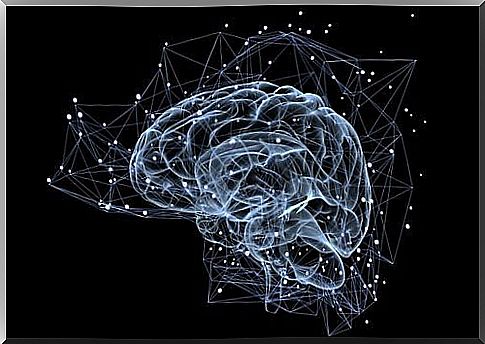
What is the goal of the human connectome project?
Currently, the National Neuroscience Research Plan of the National Institutes of Health has launched a $30 million project that will use cutting-edge brain imaging technologies to map the circuitry of the adult and healthy human brain.
By systematically collecting brain imaging data from hundreds of people, the Human Connectome Project will provide insight into how brain connections underpin brain function and open new avenues for research in human neuroscience.
Recent data and research
So far, only one connectome is known : that of a nematode (cylindrical worm). Its modest nervous system is made up of 300 neurons. In the 1970s and 1980s, a team of researchers mapped its 7,000 interneuronal connections, that is, its connectome. Obviously, that of the human being is much more complex, since it has more than 100 billion neurons and 10,000 times more connections.
New research has been conducted by members of the Human Connectome Project team. They suggest that brain circuits are organized more like Manhattan’s road network than the chaotic tangle of random London roads. In other words, just as the Manhattan map forms a perfect grid, our neural network is also ordered and aligned. We used to think it was rather anarchically entangled.
Several recent findings based on Human Connectome Project neurovisualization data and psychological data show that individual differences in brain connectivity can reliably predict a person’s behavior.
So, it is believed that in the future, such scanners could help doctors to further personalize the diagnosis and treatment of mental disorders, as the authors of these findings claim.
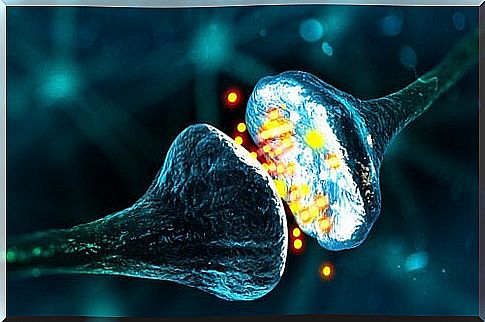
Conclusions and curiosities about the Human Connectome Project
The brain is a complex organ that is the center of attention for many scientists when it comes to studies. For some it is still a black box about which little is known. For this reason, the Human Connectome Project is a great initiative. He tries to clarify, with the best current technological tools, the functioning of the brain and its neuronal connections. In this way, we will be able to eradicate many mental disorders.
Today scientists know that many mental disorders, such as schizophrenia, are connectopathies, that is, diseases in which the wiring of the brain is abnormal. That is why we want to create a map of the human brain to help cure diseases like epilepsy in the future. Indeed, by knowing its operating network, we could treat it better.
Finally, if you are curious, in this link you will find an interesting interactive viewer that interprets the data from the connectivity matrix from the conference publication Anatomical structural network analysis of the human brain using partial correlations of volumes of gray matter . Anand A. Joshi, Shantanu H. Joshi, Ivo D. Dinov, David W. Shattuck, Richard M. Leahy, Arthur W. Toga.
